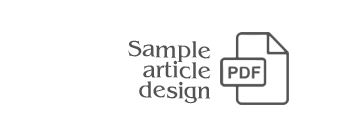FORMATION OF THE READING CULTURE OF CHILDREN OF PRIMARY SCHOOL AGE THROUGH THE STUDY OF FOREIGN CHILDREN'S FAIRY TALES
DOI:
https://doi.org/10.55956/Keywords:
literary fairy tale, emotional and moral sphere, fairy tale character, plot, fiction, foreign fairy tale, children of primary school age, reader cultureAbstract
The article is devoted to the problems of studying foreign children's fairy tales. The author considers the features of the perception of foreign literary fairy tales by children of primary school age. In order to form a reading culture of students, the author of the article presented the stages of work on the perception of a foreign literary fairy tale, showed a variety of types of creative work aimed at developing the emotional and moral sphere of children of primary school age. The author of the article emphasizes the special role of the fairy tale not only in the formation of the reader's culture, but also in high moral qualities. Based on the study of the formation of a reading culture in the process of reading children's foreign fairy tales, the author comes to the following interesting conclusions: the effective use of creative works for the purpose of a full-fledged perception of the fairy-tale genre, their use makes it possible to increase the level of perception of the fairy tale. The fairy tale contributes to the formation of the emotional and moral sphere of children of primary school age, teaches to distinguish between good and evil, forms the culture of the reader, while it does not require a rich education and rich life experience from the child.
References
1. Vygotsky L. S.Thinking and speech. 5th edition, ISR. - Publishing House "Labyrinth", M., 1999.
2. Bettelheim B. The Uses of Enchantment: The Meaning and Importance of Fairy Tales. Paperback – 2010. – 352 p.
3. Piaget J. The Language and Thought of the Child. London Kean Paul, Trench, Trubner & Co. LTD New York: Harcourt, Brace & Company, INC. 1926. – 241 p.
4. Svetlovskaya, N. N. O literaturnom proizvedenii i problemakh, svyazannykh s yego osmysleniyem pri obuchenii mladshikh shkol'nikov chteniyu [About a literary work and problems associated with its comprehension when teaching reading to primary schoolchildren] // Elementary school. – 2005. - No. 5. – P. 39 – 47.
5. Chumakova, T. I. Osobennosti izucheniya khudozhestvennogo proizvedeniya na urokakh literaturnogo chteniya[ Features of studying a work of art in literary reading lessons] // Elementary school. – 2005. - No. 6. – p. 41 – 43.
6. What types of fairy tales are there? Types and genres of fairy tales] [electronic resource] Mode access: http://fb.ru
7. Literaturno- pedagogicheskiy blog Tat'yany Sakson. Kakiye byvayut skazki [Literary and pedagogical blog of Tatiana Saxon. What kinds of fairy tales are there] (classification of fairy tales) [electronic resource] Mode access: http://lit-dety.ru
8. Zakirova, A.R. Sravneniye syuzheta russkikh i zarubezhnykh volshebnykh skazok [Comparison of the plot of Russian and foreign fairy tales] / A.R. Zakirova, G.F. Zakirova. – Young scientist.-2017.-No.2.1 (11.1). - p. 3-4. – M ode access: https://moluch.ru/young/archive/11/695/ (access date: 01/07/2024).
Downloads
Published online
Issue
Section
License

This work is licensed under a Creative Commons Attribution-NonCommercial 4.0 International License.

